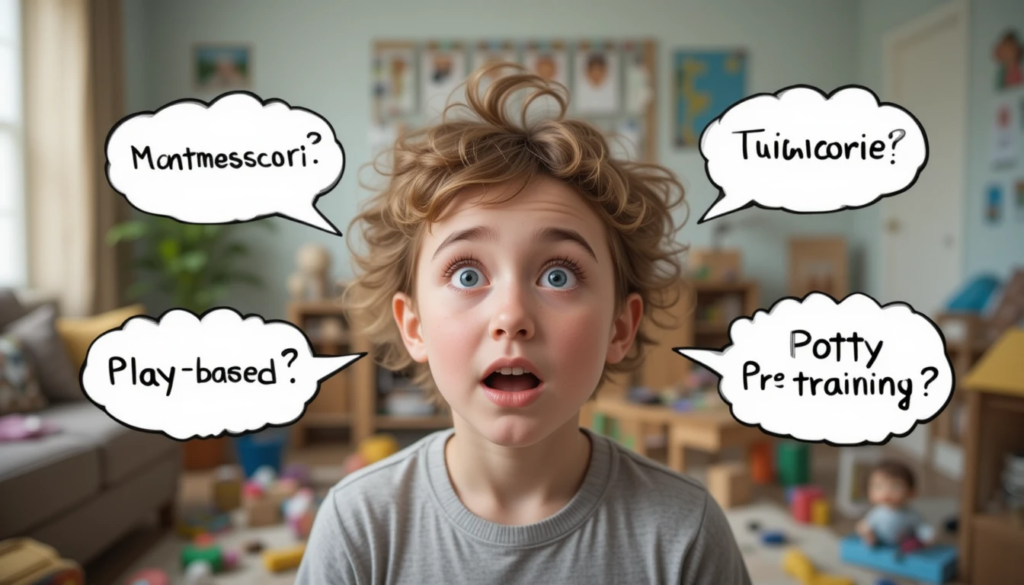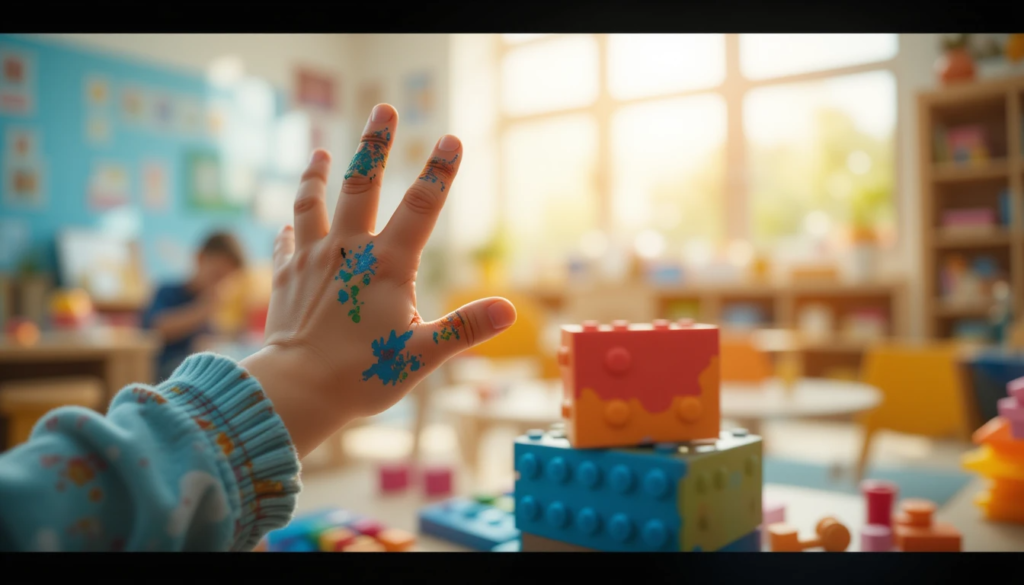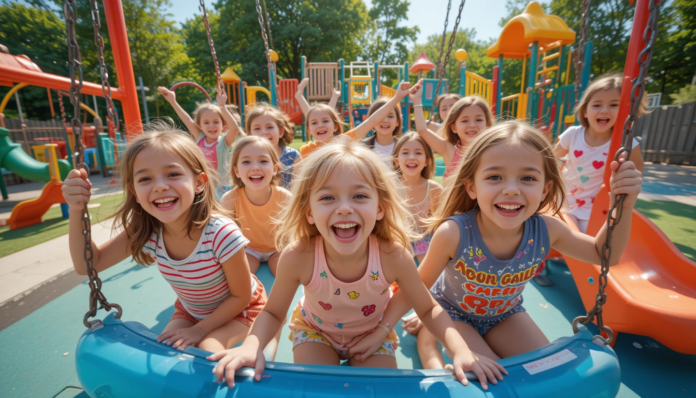Finding the best preschool near you is straight-up overwhelming, yo. I’m typing this in my cluttered Denver apartment, surrounded by empty LaCroix cans, a stack of parenting magazines I haven’t read, and a sink full of dishes I swore I’d do last weekend. My cat’s chewing on a stray sippy cup, and my phone’s buzzing with preschool tour reminders I’m too stressed to check. I’m 30, a part-time student and retail worker, trying to choose a preschool for my kid without having a full-on meltdown. Here’s my sloppy, embarrassing take on how to find the best preschool near you in 2025, with all my dumb parenting fails and preschool search tips I’ve learned the hard way.
Why Finding the Best Preschool Near You Is My Nightmare
I’m legit awful at this preschool search thing. I once showed up to a preschool tour 20 minutes late ‘cause I got lost in a Denver suburb—my kid was eating Goldfish crumbs off the car seat. But finding the best preschool near you is crucial for your kid’s start. I read on GreatSchools that a good preschool can boost early learning by 40%, which is enough to make me panic about picking the wrong one. These local preschool options tips are my attempt to stop my parenting life from being a total disaster.e think our kid needed? It sounds simple, but it’s a game-changer. Otherwise, you’re just chasing shiny objects.

My Tips for Finding the Best Preschool Near You
Here’s my messy list of preschool search tips to find the best preschool near you without losing your mind. I’ve tried ‘em, botched ‘em, and learned a bit.
- Start with Google, Yo: Search “preschools near me” and check reviews. I found a gem on Yelp (check Yelp).
- My Dumb Moment: I trusted a 5-star review and didn’t visit the place. It was a dump.
- Ask Other Parents: I hit up a mom group on X for recs. They saved my butt.
- Cringe Alert: I asked a stranger at a park about preschools and she thought I was weird.
- Visit the Place: Tour the school and watch the teachers. I saw one teacher sing to my kid, and I was sold.
- Check the Vibe: Is it play-based or academic? I learned this from NAEYC (see here).
- Oops: I picked a super academic place and my kid hated it. My bad.
- Look at Costs: Preschools ain’t cheap. I budget with a calculator on NerdWallet (check here).
- Ask About Safety: I checked for CPR-trained staff after a scary playground story.
- My Fail: I forgot to ask about allergies and had to email the director in a panic.
- Trust Your Gut: If it feels off, bail. I ignored a weird vibe once and regretted it.
- Compare Programs: I made a pros-cons list for three schools. Helped me decide.
- Talk to Teachers: I met one who was so chill, it eased my stress.
- Embarrassing Bit: I called a teacher “Miss” instead of her name. She corrected me. Ouch.
- Ease Your Kid In: I did a trial day and my kid cried less than I expected.
- Chill Out, Yo: I stressed so hard I forgot to enjoy the process. Take it easy.

How I Keep Screwing Up Finding the Best Preschool Near You
Real talk: choosing a preschool is not my forte. I once spent two hours googling “best preschools Denver” instead of calling one—classic procrastination. Here’s what I’ve learned from my chaos:
- Don’t Overthink Reviews: I trusted a shady website and wasted a tour. Stick to legit sites like GreatSchools (read here).
- Visit Early: I waited too long and missed a spot at a good school. Book tours ASAP.
- Ask Questions: I forgot to ask about nap times and felt so dumb. Make a list.
- Trust Yourself: I doubted my gut and picked a place my kid hated. Listen to your instincts.
Parenting.com says a good preschool can set kids up for 20% better school readiness, which I’m trying to nail without screwing it up again (read here).
Finding Your Own Best Preschool Near You Groove
Picking local preschool options is like picking a coffee order—personal and a little stressful. Here’s my advice, straight from my granola-bar-crumb-covered couch:
- Know Your Kid: My kid loves art, so I looked for creative programs. What’s your kid into?
- Start Small, Yo: Don’t tour 10 schools at once. I did and burned out. Pick a few.
- Use Cool Resources: GreatSchools and NAEYC have dope info. Yelp’s good for reviews too.
- Check Your List: I review my preschool notes every Sunday. Sounds nerdy, but it keeps me sane.

Wrapping Up My Best Preschool Near You Trainwreck
So, yeah, I’m still a hot mess at finding the best preschool near you, sitting here in my Denver chaos with my cat judging my parenting skills. I’ve cried over missed tours, eaten too many granola bars while stressing, and still forget to call schools back half the time. But these preschool search tips have kept me from picking a total dud. Check out GreatSchools or NAEYC for more early education programs advice if you’re curious.
For some real talk about toddler development (because it helps to understand why they do what they do!): The Wild World of Toddlers: What to Expect (and How to Survive It)
And for a much-needed laugh at the absurdity of parenting: 20 Hilarious Parenting Memes That Are Too Real




